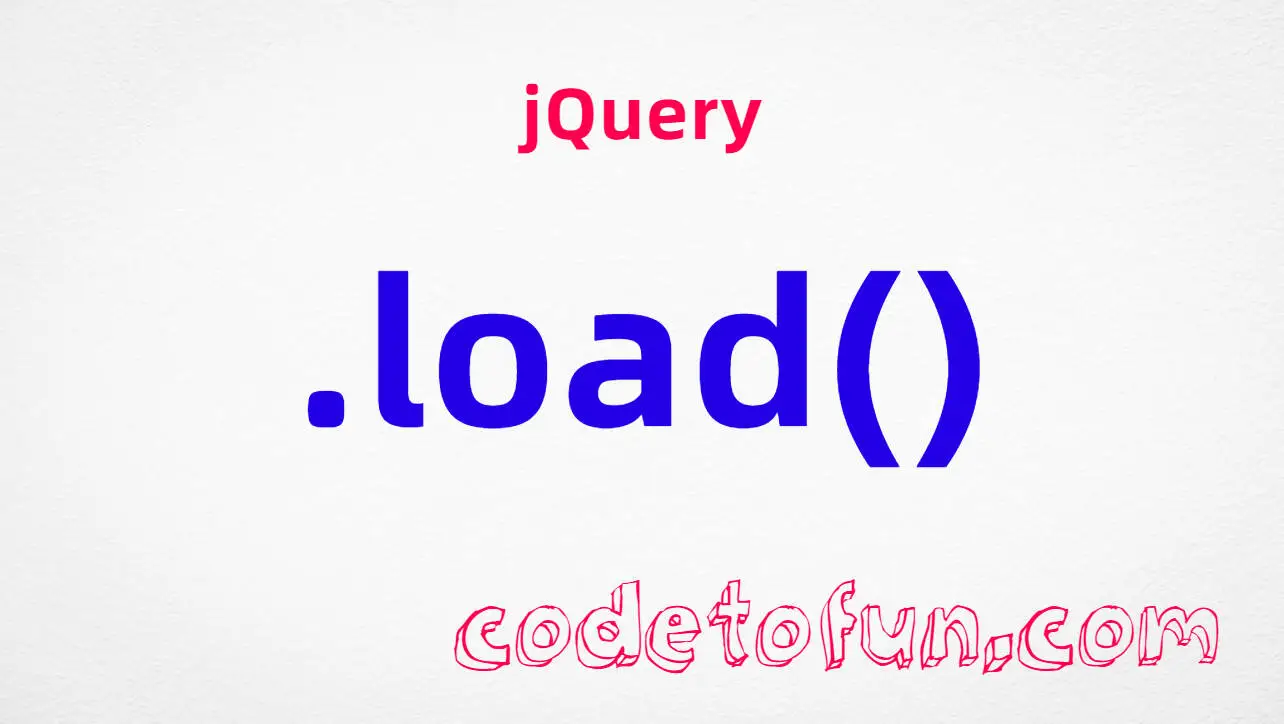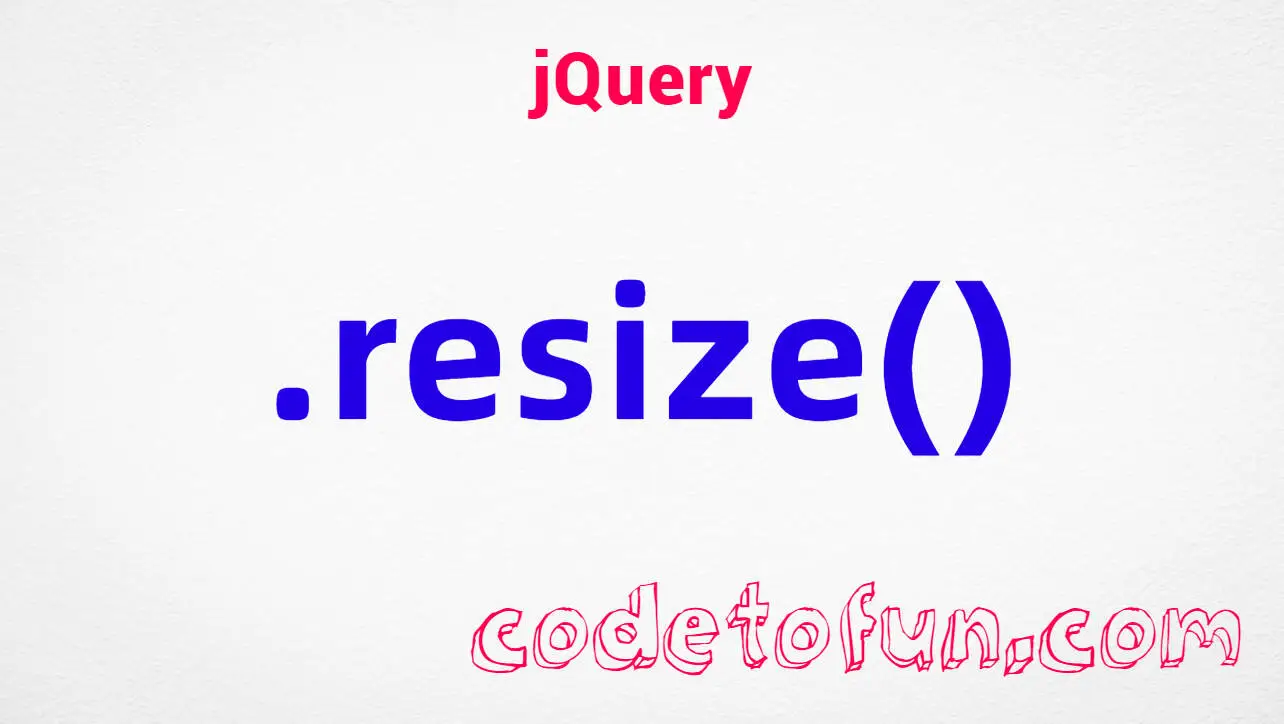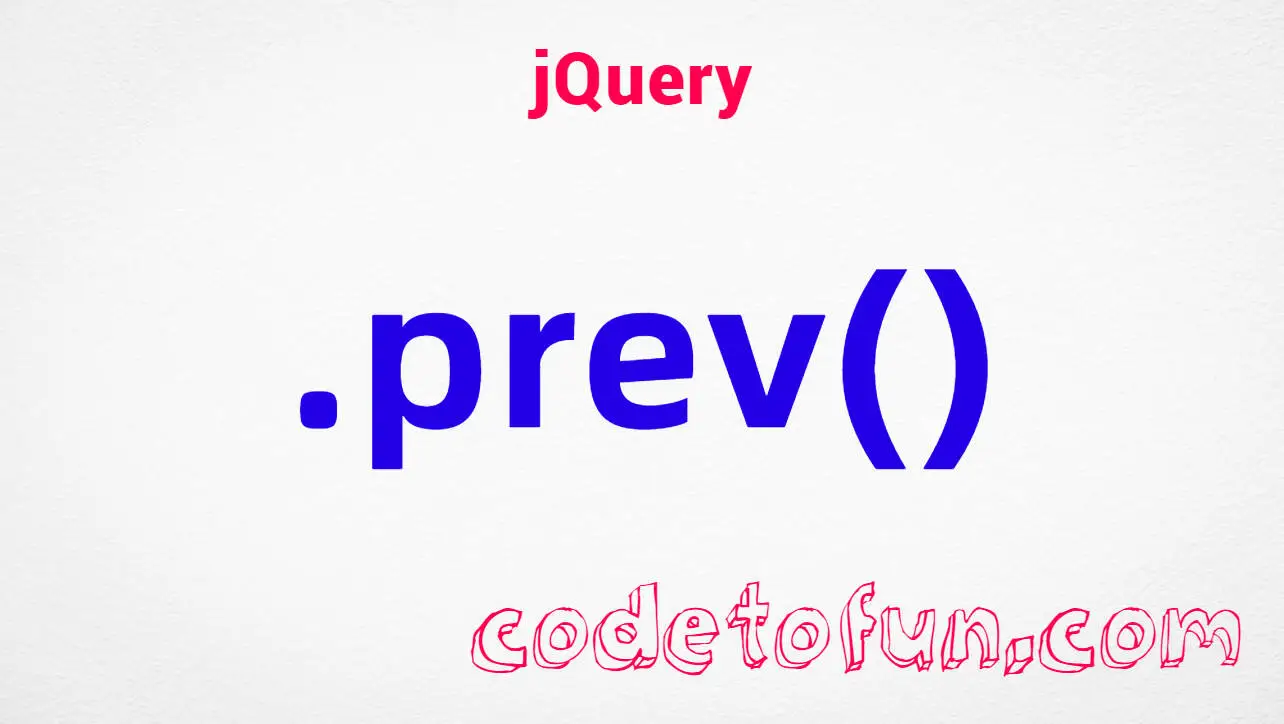
HTML Basic
HTML Reference
- HTML Tags
- <!--...-->
- <!DOCTYPE>
- <a>
- <abbr>
- <address>
- <area>
- <article>
- <aside>
- <audio>
- <b>
- <base>
- <bdi>
- <bdo>
- <blockquote>
- <body>
- <br>
- <button>
- <canvas>
- <caption>
- <cite>
- <code>
- <col>
- <colgroup>
- <data>
- <datalist>
- <dd>
- <del>
- <details>
- <dfn>
- <dialog>
- <div>
- <dl>
- <dt>
- <em>
- <embed>
- <fieldset>
- <figcaption>
- <figure>
- <footer>
- <form>
- <h1> to <h6>
- <head>
- <header>
- <hgroup>
- <hr>
- <html>
- <i>
- <iframe>
- <img>
- <input>
- <ins>
- <kbd>
- <label>
- <legend>
- <li>
- <link>
- <main>
- <map>
- <mark>
- <menu>
- <meta>
- <meter>
- <nav>
- <noscript>
- <object>
- <ol>
- <optgroup>
- <option>
- <output>
- <p>
- <param>
- <picture>
- <pre>
- <progress>
- <q>
- <rp>
- <rt>
- <ruby>
- <s>
- <samp>
- <script>
- <search>
- <section>
- <select>
- <small>
- <source>
- <span>
- <strong>
- <style>
- <sub>
- <summary>
- <sup>
- <svg>
- <table>
- <tbody>
- <td>
- <template>
- <textarea>
- <tfoot>
- <th>
- <thead>
- <time>
- <title>
- <tr>
- <track>
- <u>
- <ul>
- <var>
- <video>
- <wbr>
- HTML Deprecated Tags
- HTML Events
- HTML Global Attributes
- HTML Status Code
- HTML Language Code
- HTML Country Code
- HTML Charset
- MIME Types
HTML dialog Tag

Photo Credit to CodeToFun
🙋 Introduction
The HTML <dialog> tag plays a pivotal role in creating dialog boxes within web applications.
This guide aims to provide a comprehensive understanding of the <dialog> tag, its syntax, use cases, and best practices.
🤔 What is <dialog> Tag?
The <dialog> tag is an HTML element designed for creating modal dialog boxes. These dialog boxes are overlays that appear on top of the current page, prompting users for interaction.
💡 Syntax
To implement the <dialog> tag, use the opening <dialog> and closing </dialog> tags. Additionally, you may include content within the dialog using various HTML elements.
<dialog>
<!-- Dialog content goes here -->
<p>This is a sample dialog box.</p>
<button>Close</button>
</dialog>🧰 Attributes
The <dialog> tag supports various attributes to control its behavior:
open: This Boolean attribute, when present, indicates that the dialog box is active and visible.
attributes.htmlCopied<dialog open> <!-- Dialog content goes here --> <p>This dialog box is open by default.</p> <button>Close</button> </dialog>
📚 Common Use Cases
Modal Dialog Boxes:
The primary use of the
<dialog>tag is to create modal dialog boxes, which temporarily take the user's focus and require interaction before returning to the main page.modal-dialog-boxes.htmlCopied<dialog open> <p>Welcome to our website! Please provide your details:</p> <!-- Form elements go here --> <button>Submit</button> </dialog>Dynamic Content:
You can dynamically populate the dialog box with content based on user actions or server responses.
dynamic-content.htmlCopied<dialog> <p>Loading...</p> <!-- Content dynamically loaded via JavaScript --> </dialog>
🖥️ Browser Support
Understanding the compatibility of the <dialog> tag across different browsers is essential for delivering a consistent user experience. Here's an overview of its support:
- Google Chrome: Fully supported.
- Mozilla Firefox: Fully supported.
- Microsoft Edge: Fully supported.
- Safari: Fully supported.
- Opera: Fully supported.
- Internet Explorer: Not supported.
Be mindful of potential limitations in Internet Explorer and consider alternative solutions if broader compatibility is required.
🏆 Best Practices
- Ensure the dialog box provides clear instructions or prompts for user interaction.
- Utilize appropriate styling to make the dialog visually distinct from the background content.
- Test the dialog's behavior on various devices and browsers to ensure a consistent user experience.
🎉 Conclusion
The <dialog> tag is a powerful tool for creating interactive and user-friendly modal dialog boxes in web development. By mastering its usage and adhering to best practices, you can enhance the overall user experience on your website.
👨💻 Join our Community:
Author

For over eight years, I worked as a full-stack web developer. Now, I have chosen my profession as a full-time blogger at codetofun.com.
Buy me a coffee to make codetofun.com free for everyone.
Buy me a Coffee











If you have any doubts regarding this article (HTML dialog Tag), please comment here. I will help you immediately.